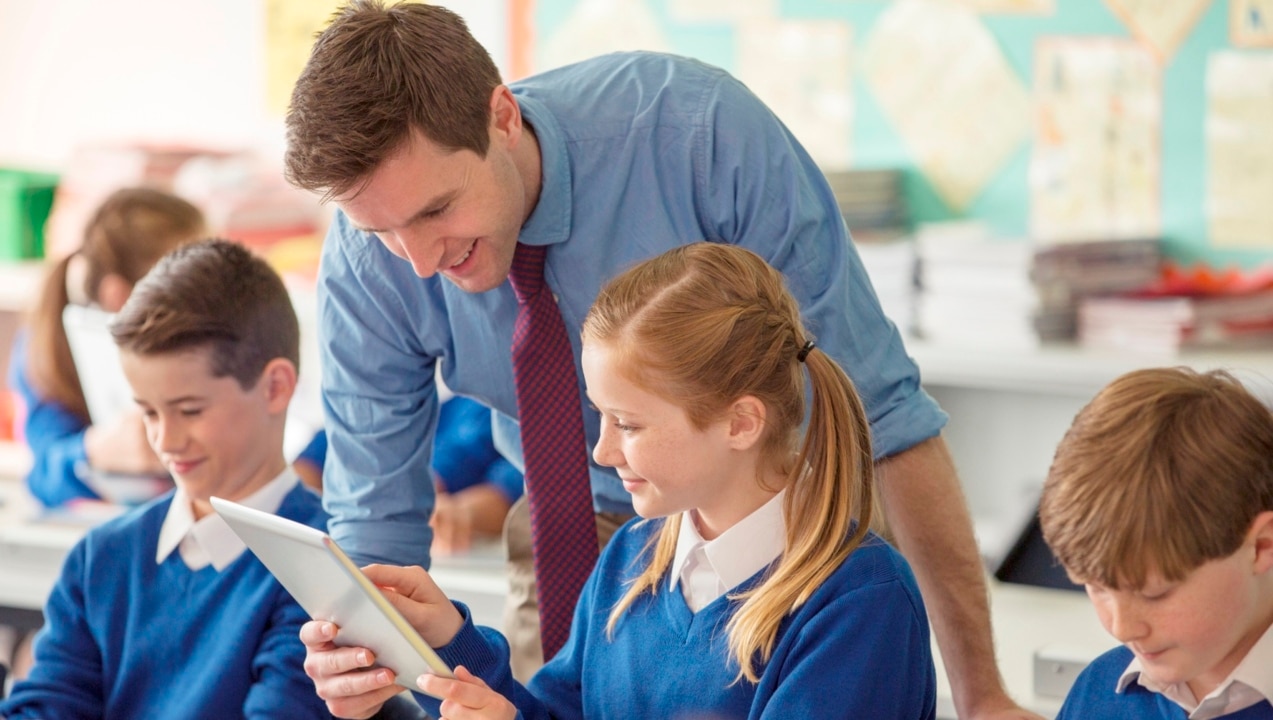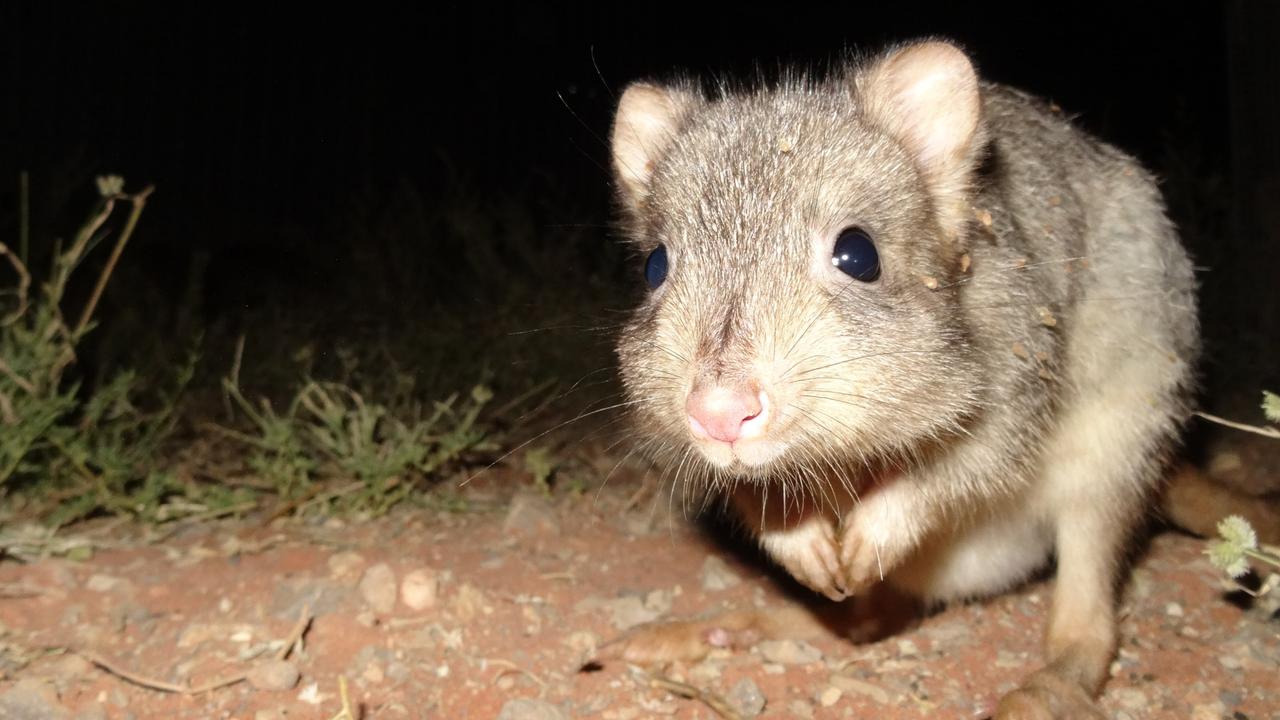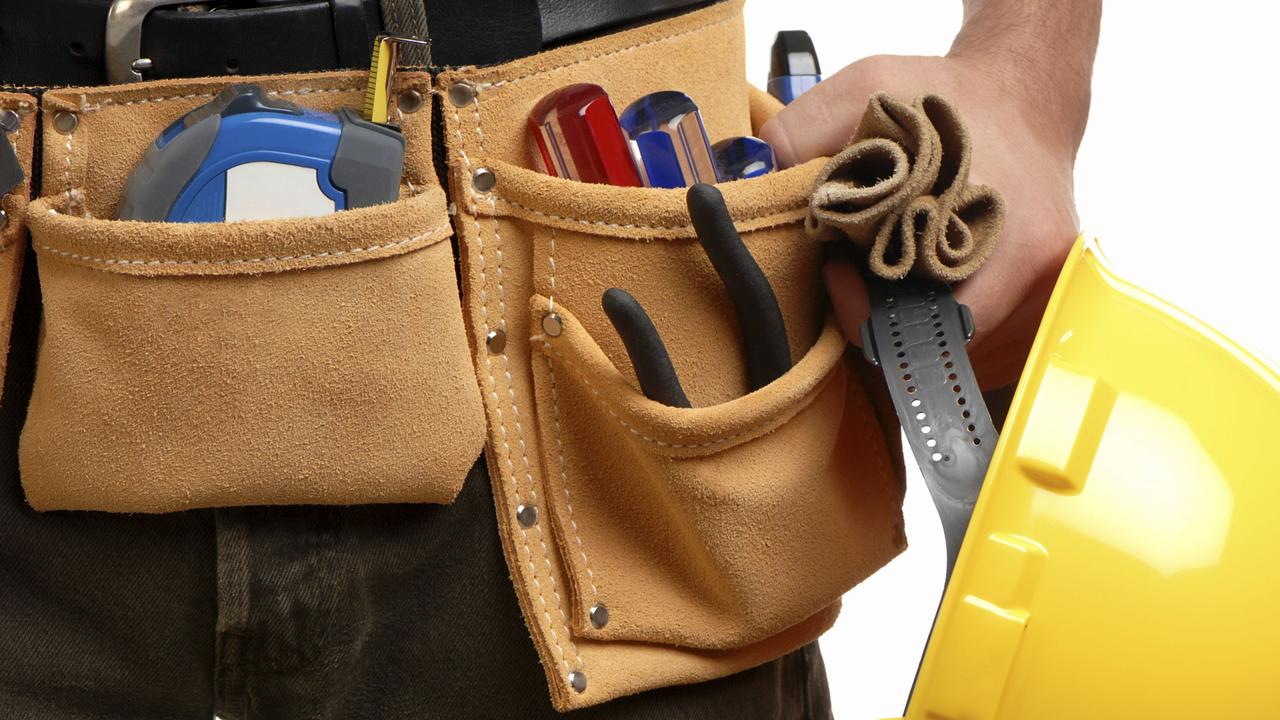SA students falling behind national averages in NAPLAN, Grattan Institute report reveals
SOUTH Australia’s education sector has been warned it must “lift its game”, with research showing students are at risk of leaving school “without basic skills for life and work”.

SA News
Don't miss out on the headlines from SA News. Followed categories will be added to My News.
- New figures reveal the true completion rate of Year 12s
- SA secondary students underfunded compared with average
- Plan to place SA schools with world’s best systems within a decade
- SA makes small gains in NAPLAN results but still trails
SOUTH Australia’s education sector must “lift its game” or risk more students failing to acquire the skills they need in life, research has found.
The results, published today in a Grattan Institute report, show learning standards based on NAPLAN testing continue to slip. SA students in Years 3 and 5 were a month behind the national average in reading and numeracy.
A quarter of SA students in Year 9 last year needed help to achieve literacy and numeracy skills to “satisfactorily progress through school”.
Falling below national minimum standards set by NAPLAN, students in this bracket were identified as being “at risk of finishing school without the basic skills for life and work”, according to the report.
The state had second-lowest percentage of high-achieving Year 9 students, with just one in six students recording results in the top two bands — a drop of 1.4 per cent in the past five years. State Education Minister John Gardner said the results were “disappointing” and highlighted the importance of the new Government’s reforms.
SA also has the second-lowest government funding to state schools last year based on a percentage of its target to meet students’ needs.
Across Australia, students in rural and regional areas performed significantly lower than those in metropolitan schools, while “remote and very remote indigenous students can be up to six years behind the national average by Year 9”.
Grattan Institute school education program director Pete Goss said: “South Australia needs to lift its game”.
“Compared to the other big mainland states, fewer Year 9 students in SA are reaching higher levels of performance and more are failing to reach the skills they will need in life,” Mr Goss said.
“This isn’t just a matter of higher levels of disadvantage, even though that may contribute.”
The report recommends state governments prioritise early childhood education for the “most disadvantaged” students, and that universal “high-quality education” for three- and four-year-olds was the right long-term goal — as announced by Labor ahead of the next federal election.
“But they should also be cautious about rapidly expanding access to all three year olds until they are confident in the quality of early childhood education,” it states.
Mr Gardner said the education system was facing “legitimate challenges”.
“It’s not going to be easy or quick, but we are not wasting any time when it comes to improving our schools,” he said.
He said the Government was committed to modernising public schools, restoring a focus on literacy and was taking steps to shift Year 7 into high school.
“This year, SA has led the nation by being the first state to roll out the Year 1 phonics check to all public schools, and it has been made available to all non-government schools too,” he said.
Schools are also receiving support through the Education Department to help students with dyslexia and other learning difficulties as they learn to read.
Originally published as SA students falling behind national averages in NAPLAN, Grattan Institute report reveals



